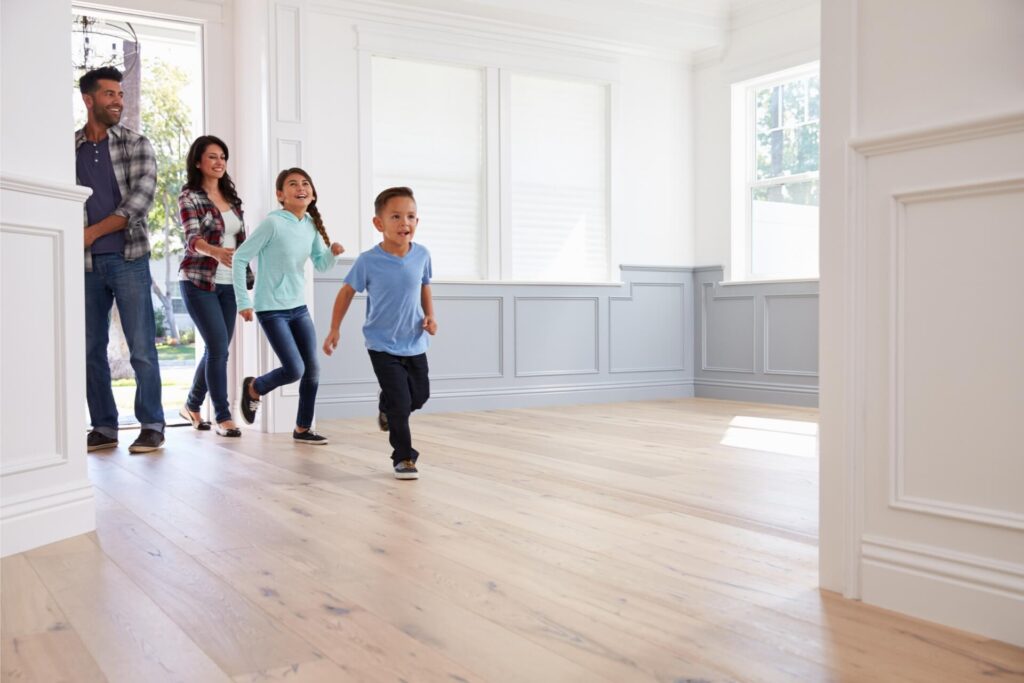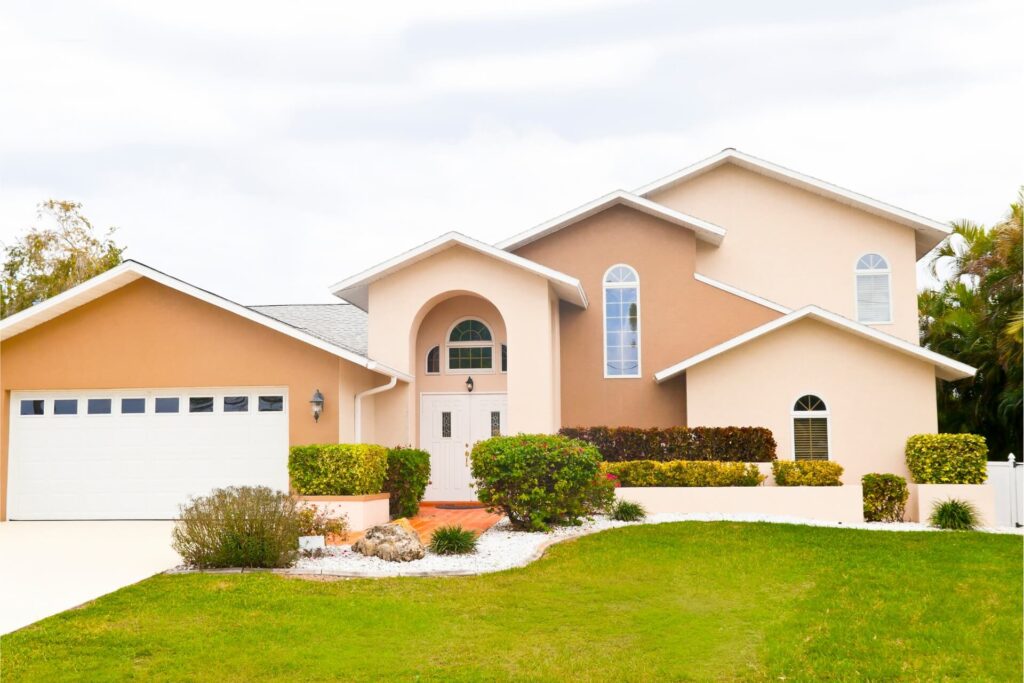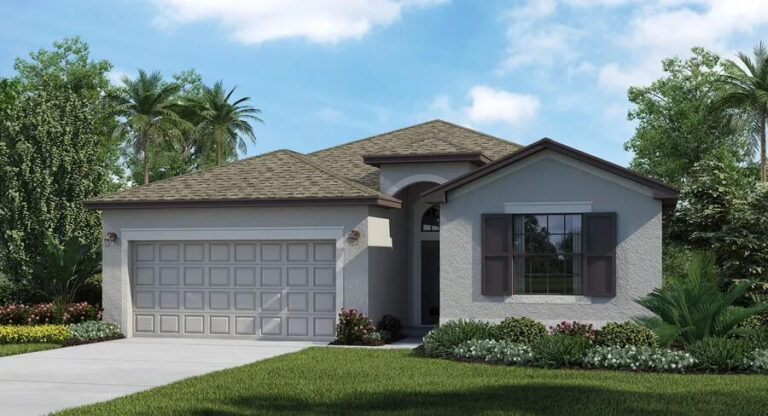Analysis of the U.S. housing market: who is buying homes and what they are looking for
Have you ever wondered who the people buying homes in the United States are? What age group do they belong to, what is their social background, and what motivates them to search for and choose their next home? Furthermore, what type of house are they interested in and ultimately deciding to purchase? These questions, and others like them, have once again been explored by the National Association of Realtors (NAR) in their latest report: the 2023 Home Buyers and Sellers Generational Trends Report.
This comprehensive survey, sponsored and curated by the NAR Research Group, delves into the preferences and behaviors of over 153,000 home buyers who purchased a primary residence between July 2021 and June 2022. By analyzing the responses to 129 questionnaire items, the report identifies trends in the real estate market and provides profiles of home buyers, highlighting both similarities and differences across generations.
For real estate agents and builders, the following key findings from the report are particularly intriguing.

Characteristics of Home Buyers
Age Distribution of Home Buyers
The Realtors report reveals that home buyers in the United States span across all age groups. Surprisingly, even Gen Zers (18-23 years old) account for 4% of home buyers, which is the same percentage as the oldest age group, the Silent Generation (77-97 years old). The majority of home purchases, however, fall within the following age ranges:
- 24% of buyers were between 43 and 57 years old;
- 23% of home buyers were between 58 and 67 years old;
- 16% of home buyers were in the 68-76 age group;
- Millennials born in the 1980s and 1990s represented 16% and 12% of total home buyers, respectively.
In summary, there is no specific age considered the best for buying a home. However, the data suggests that people tend to purchase homes predominantly after the age of 30, with a higher frequency between the ages of 40 and 70.
Ethnicity, Language, and Origin of Home Buyers
In terms of ethnicity, home buyers in the United States can be categorized as follows:
- Whites/Caucasians 88%
- Hispanics/Latin Americans 8%
- African Americans 3%
- Asian/Pacific Islanders 2%
- Other 3%.
Notably, Latino buyers saw a significant increase (up to 17%) within the 43-57 age group. Additionally, it becomes apparent that home buyers over the age of 68 were predominantly white-Caucasians, with percentages exceeding 90%. The age group between 43 and 57 exhibited the highest ethnic diversity among buyers, with 23% consisting of non-white/Caucasian individuals making real estate investments.
When considering the primary language spoken in households, the vast majority of home buyers predominantly speak English. However, within the 43-57 age group, other languages accounted for a notable 14%. Similarly, regarding the nationality of home buyers, the majority were born in the United States (over 90% in all age groups), except for Gen Xers, where 20% of buyers were foreigners. Home buyers not born in the United States also accounted for 8% in the age group preceding Gen X (33-42 years old).

Reasons for Buying a New Home
The primary motivations for buying a new home in the United States can be summarized as follows:
- Desire for Homeownership: This is the leading reason for purchasing a home, accounting for 22% of cases. It is particularly prevalent among home buyers under the age of 58.
- Proximity to Family, Close Relatives and Friends: Approximately 13% of home buyers prioritize being closer to their family, close relatives, and friends. This reason becomes more significant as individuals grow older, reaching 33% among the 77-97 age group.
- Retirement and New Home for Retirees: Around 8% of home buyers purchase a new home to serve as their residence during retirement. This motive is particularly pronounced among older segments, typically those aged 60 and above.
- Desire for a Home in a Better Area: About 8% of buyers seek a new home in a more desirable location. This desire is relatively consistent across different age groups.
- Downsizing or Upsizing: Roughly 8% of buyers are looking for a smaller house, while 7% are in search of a larger house. Younger individuals, between the ages of 24 and 42, tend to seek larger homes, whereas downsizing is more common among older age groups (58-67 and 68-76 years old).
- Change in Family Situation: Events such as marriage, divorce, or the birth of a child influence the decision to purchase a new home for approximately 6% of buyers.
- Job-Related Relocation: Around 6% of buyers relocate or move to a different city due to job-related reasons. This occurrence is particularly prominent among individuals under the age of 57.
- Proximity to Work or School: Roughly 5% of buyers prioritize living closer to their workplace or their children’s school. This need is most significant among individuals between the ages of 43 and 57, reaching as high as 14% within that age group.
- Real Estate Investment or Vacation Home: The desire to make a real estate investment or purchase a vacation home becomes more apparent after the age of 68, increasing from an average of 4% to 10% among older buyers.
Other factors influencing the decision to buy a home include financial security, housing affordability, favorable weather conditions, starting a family, finding a home that meets specific needs (e.g., pet-friendly), and purchasing an investment property for children or relatives.
For the home buyers (14% of the total) who purchased multi-generational homes to accommodate adult siblings, adult children, parents, and/or grandparents under one roof, the main reasons for their purchase can be summarized as follows:
- taking care of elderly parents or wanting to spend more time with them;
- buying a larger house by combining multiple incomes;
- accommodating children over the age of 18 who are moving back or have never left home;
- financial savings.

Characteristics of Purchased Houses
The majority of residential properties being bought and sold in the United States (79%) are detached single-family homes. This type of housing solution is preferred by buyers across all age groups, except for younger buyers aged 18-23, where the preference drops to 62%, with an increased preference for mobile/manufactured homes and townhouses/rowhouses. The other houses purchased are:
- cabin/cottage (4%)
- duplex/apartment/condo in 2 to 4-unit building (2%)
- apartment/condo in a building with 5+ units (3%)
- mobile/manufactured home (8%)
- other (3%).

Size of New Houses
The size of purchased houses varies, with a range of square footage options. Approximately 17% of buyers opted for houses between 1000 and 1500 sq ft, while around 8% chose houses over 3000 sq ft (with 8% below 3500 sq ft and 8% above). The most popular choice was houses around 2000 sq ft, with 29% of buyers selecting houses between 1500 and 2000 sq ft, 26% between 2000 and 2500 sq ft, and 12% approaching 3000 sq ft. Middle-aged groups (33-57 years old) tended to express a greater need for space, while younger and older age groups typically settled for smaller rooms due to economic constraints or specific needs related to age.
On average, new houses have three or more bedrooms (83% of cases), while only 16% of buyers opted for two-bedroom houses. The average number of bathrooms across all age groups is two, but homes with three or more bathrooms slightly outnumber those with only one (21% versus 20%). Affordability and household composition play a significant role in determining needs and guiding choices.

Choosing a New Home: Location and Timing
On average, the new homes purchased are located around 50 miles from the buyers’ previous residence, although the 58-67 age group stands out with an average move distance of 90 miles. Older baby boomers often seek a more significant change in lifestyle, leading to more substantial relocations. Additionally, older buyers tend to prefer purchasing homes in small towns (35%), suburbs/subdivisions (26%), and rural areas (20%) rather than moving to downtown or metropolitan areas.
The main factors influencing the decision on the location or neighborhood of the new home include:
- the quality of the neighborhood, for 49% of buyers
- the convenience of the location for family and friends (37%)
- the overall affordability of the home (37%)
- the convenience of commuting to work (33%) and shopping (21%)
- the availability of larger areas (28%)
- the structure of the neighborhood, the services offered by the area (19%), and the presence of parks or recreational facilities (18%)
- the presence of outdoor spaces for pets (19%)
- the proximity to schools (16%) and the quality of the school district (15%) (find out about the school system in Florida)
- access to bicycle paths (6%)
- the proximity to the airport (5%)
- the convenience of transit.

Advantages of Buying a Newly Built House
Despite the various factors influencing the choice of a dream home, buying a newly built house offers numerous long-term benefits, including:
- low energy consumption and energy efficiency
- lower risk of repairs due to the obsolescence of the property
- maximum freedom to customize space and design
- long-term guarantee for any additional expenses
- no risk of building and code violations
- immediate gratification
- long-term investment
- increased safety, given the tendency to build in areas and neighborhoods considered safe
- increased socialization at home because the new houses have large shared spaces
- opportunity to become part of a close community



